There can be your advertisement
300x150
Choosing Sockets and Switches: Things to Know Before Starting Renovation
5 important tips from a professional
Sockets and switches are an essential part of the communication system in any home. However, these devices often do not fit into the concept of the room. We asked Pavel Gerasimov, a designer from Geometrium studio, to give some useful recommendations for choosing electrical devices.
Let's look at five key tips to consider and how to avoid mistakes when choosing.
1. Determine the Type of Wiring
Wiring is divided into two types:
- hidden — the cable remains invisible, as it is hidden in the wall. This is the most popular type of wiring for installing internal sockets and switches;
- open — the cable is mounted on the wall and is in view. These types of wiring are usually installed in lofts over concrete or in log cabins. To avoid anything standing out, it's better to choose black cable for contrast.
 Design: Geometrium
Design: Geometrium2. Plan the Placement of Sockets and Switches in Advance
You need to plan in advance where all electrical appliances will be placed. Remember who in your family has which devices and how often you will use them.
All sockets and switches should be placed in accessible locations.
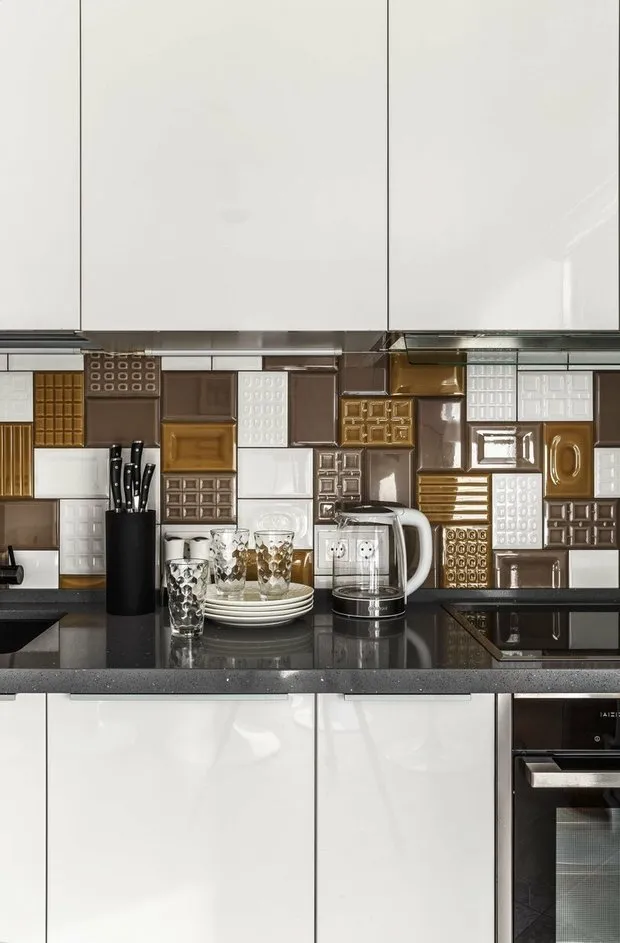 Design: Geometrium
Design: Geometrium3. Decide on the Color and Shape of the Devices
From a design perspective, sockets and switches can serve as an accent or, conversely, not stand out in the interior.
For example, for a room in the futurist style, devices with rounded corners would be suitable.
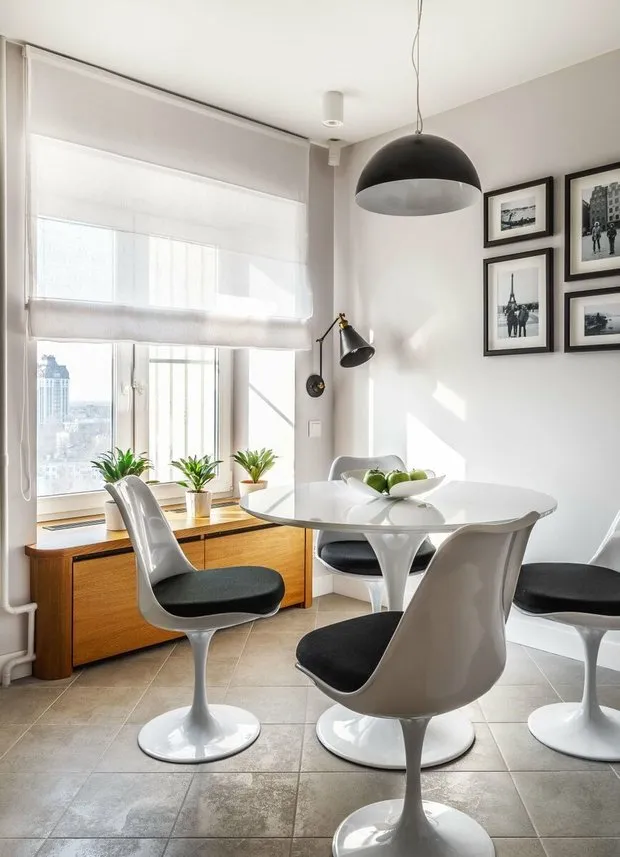 Design: Geometrium
Design: Geometrium4. Consider the Compatibility of Sockets and Wall Surfaces
On smooth painted walls, sockets are recommended to be hidden, while on light and dark surfaces it's better to place devices of matching color.
Contrast devices in bright tones should be installed on brick or wooden walls.
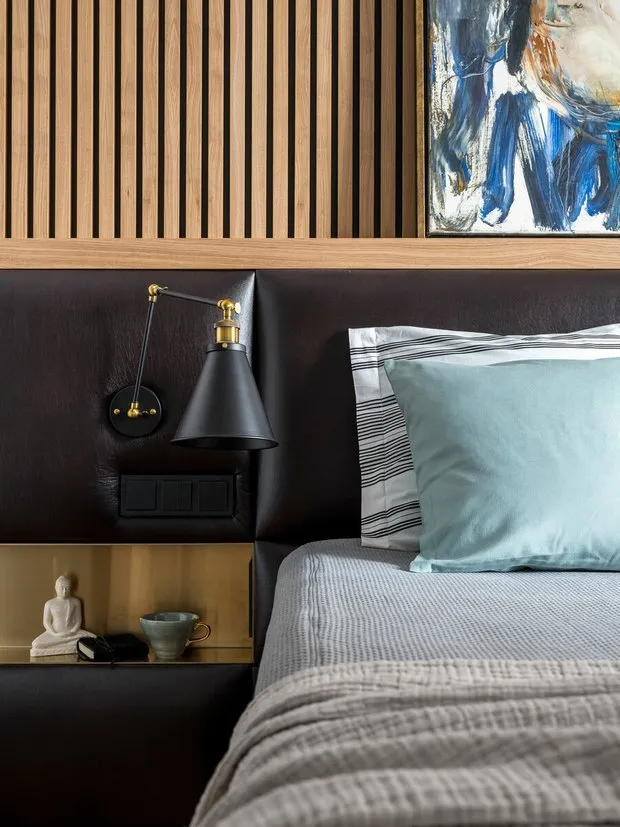 Design: Geometrium
Design: Geometrium5. Think About Contrasting Combinations with White Walls
To avoid cluttering a light interior, it's not advisable to overuse black sockets and switches on white walls. The same applies to beige analogs — differences in shades can create a feeling of dirty spots.
However, on beige walls, light devices can be mounted — this will look aesthetically pleasing with trimmings of similar tones.
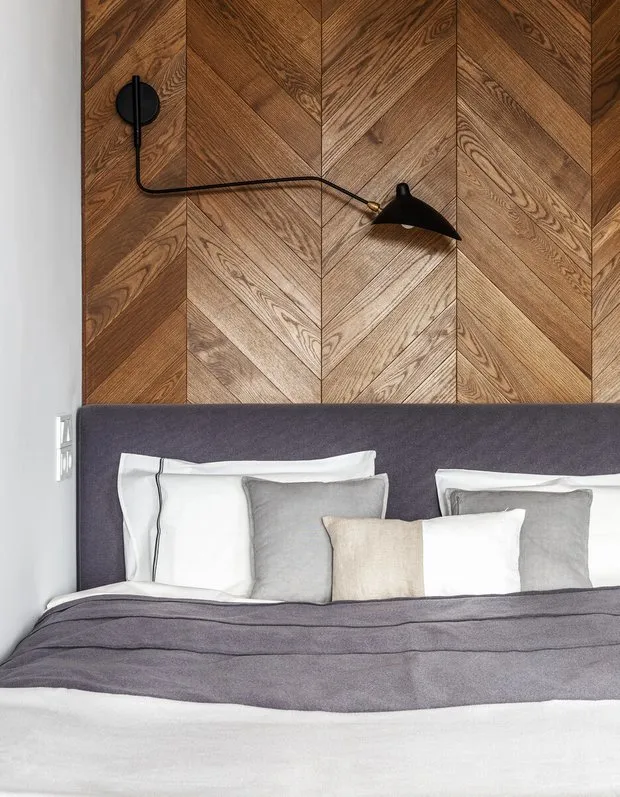 Design: Geometrium
Design: GeometriumOn the cover: design project by num.21 studio. View the full project.
More articles:
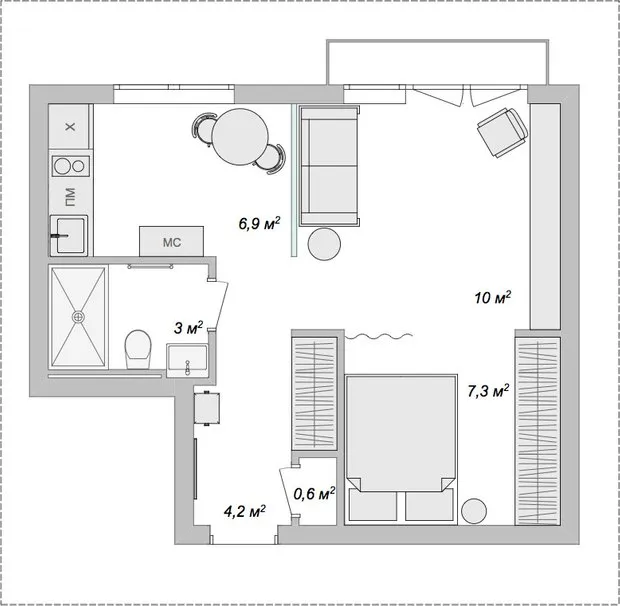 Elegant Loft in a Compact One-Room Apartment of 32 Square Meters
Elegant Loft in a Compact One-Room Apartment of 32 Square Meters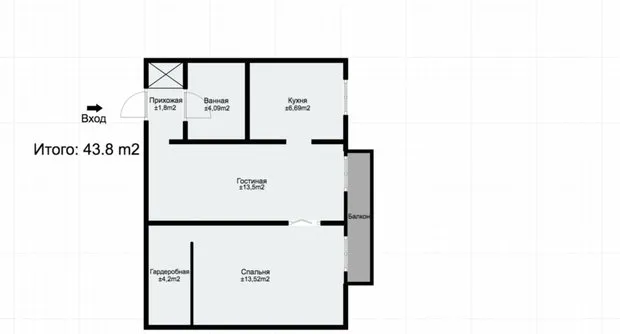 How We Did a Cheap Renovation in a Khrushchyovka in 2 Months
How We Did a Cheap Renovation in a Khrushchyovka in 2 Months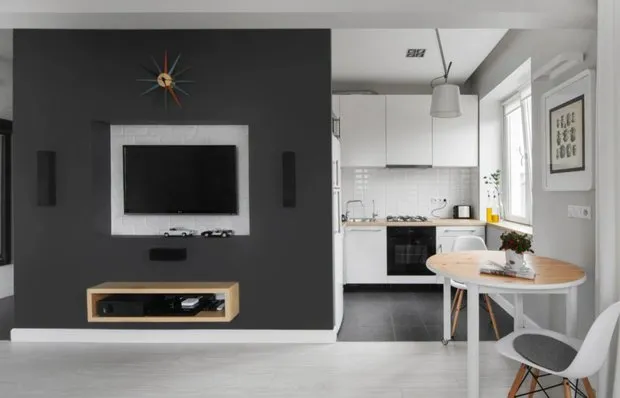 How to Renovate a Khrushchyovka: Stylish and Modern Interior Design
How to Renovate a Khrushchyovka: Stylish and Modern Interior Design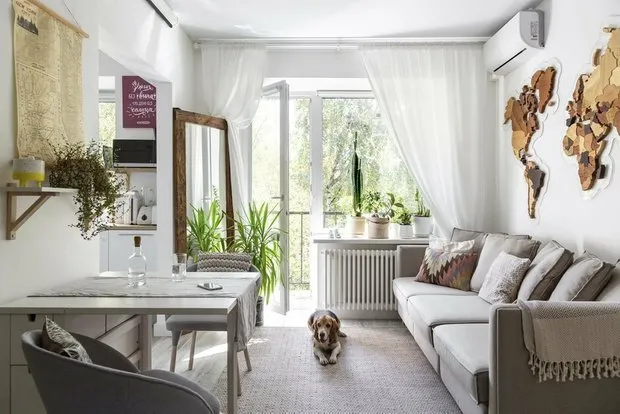 How They Arranged the Living Room, Dining Room, Bedroom, and Office in a Single Room of a Khrushchyovka
How They Arranged the Living Room, Dining Room, Bedroom, and Office in a Single Room of a Khrushchyovka Before vs After: How Remodeled Bathrooms Transformed Old Apartments
Before vs After: How Remodeled Bathrooms Transformed Old Apartments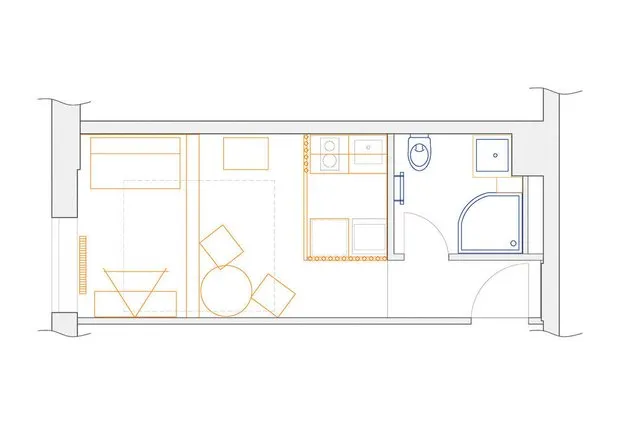 Stylish Studio of 18 m², Perfectly Fitted with Everything Needed for Comfortable Living
Stylish Studio of 18 m², Perfectly Fitted with Everything Needed for Comfortable Living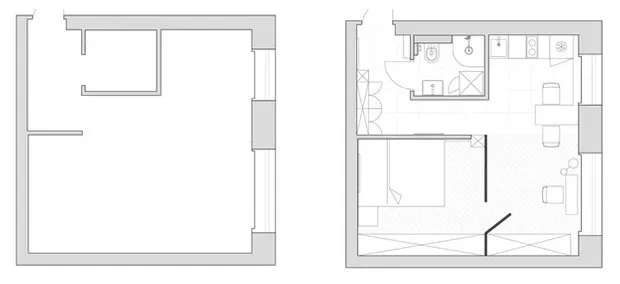 How to Overcome the Drawbacks of a Tiny Housing
How to Overcome the Drawbacks of a Tiny Housing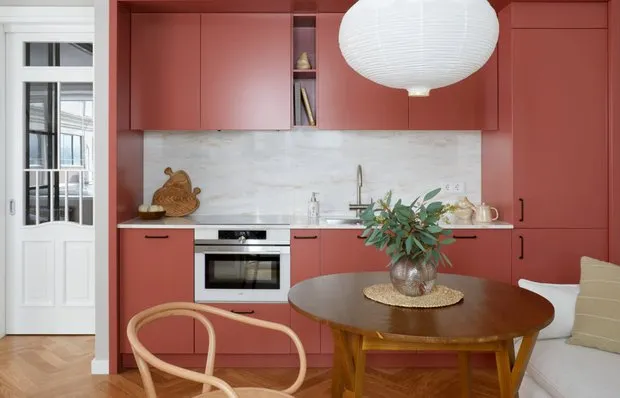 Household Items Ruin Interior Design: 7 Common Mistakes Made by Every Second Person
Household Items Ruin Interior Design: 7 Common Mistakes Made by Every Second Person